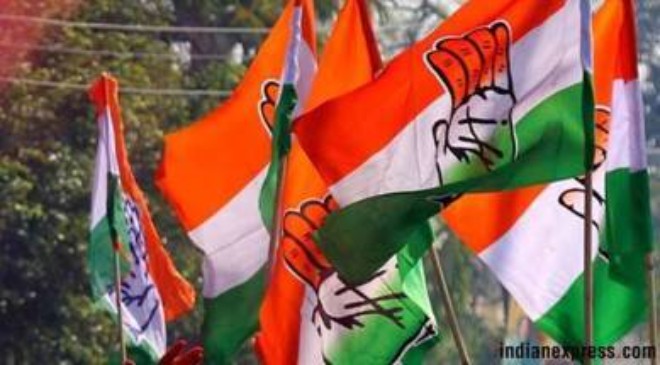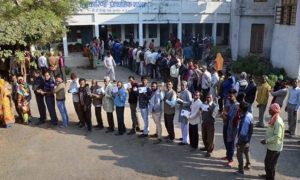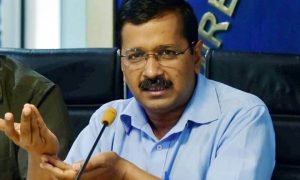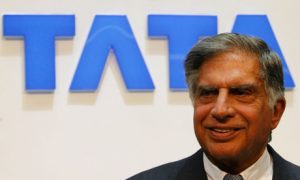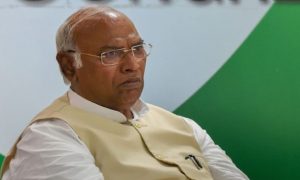Congress secured a victory in Himachal Pradesh on one of its poll planks – bringing back the Old Pension Scheme. Pensioners constituted an important votebank for the hill state, which has approximately 2.5 lakh government employees.
Another 1.90 lakh employees are now retired and receiving pensions. According to a Newslaundry report, despite the fact that only 55 lakh voters decide the fate of political parties, these active and retired government employees, along with their dependents, form a strong voter base.
So now, with the Congress set to make the government in Himachal, what challenges does the party face in bringing back the OPS? News18 explains:
How is OPS and NPS Different?
Old pension scheme (OPS)
• Employees in the OPS receive 50 per cent of their last drawn basic pay plus dearness allowance or their average earnings in the last ten months of service, whichever is greater. The employee must complete a ten-year service requirement, explained a report by Mint.
• Employees are not required to contribute to their pensions under OPS. The guarantee of a post-retirement pension and a family pension was an incentive for taking on government employment. There was no pressure to build a retirement fund. Because of rising life expectancy, OPS has become unsustainable for governments.
New Pension Scheme (NPS)
• Those employed by the government contribute 10% of their basic salary to their pension under NPS, while their employers contribute up to 14%. Employees in the private sector can also participate in the NPS voluntarily, though some rules have changed.
• The customer has much more flexibility and a greater sense of control over her fate with NPS. Regardless of equity or debt, a professional pension fund manager can ensure superior returns and a larger retirement corpus. The Mint report further explains that unlike defined benefit plans, NPS is a defined contribution plan. If you have no appetite for risk, the guaranteed payout feature in OPS is undeniably appealing.
What Was the Problem With OPS?
According to experts, the OPS was unsustainable. For one thing, pension liabilities would continue to rise because pensioners’ benefits increased year after year, just like salaries of existing employees, pensioners gained from indexation, or what is known as ‘dearness relief.’
Second, improved health-care facilities would increase life expectancy, and increased longevity would mean longer payouts. As a result, the Union and state governments face a massive pension burden.
Why Was the NPS Opposed?
The opposition can be explained by the points stated in a letter recently shot off the Cabinet Secretary by the federation of Central Government Employees’ Unions, which has called it a disaster for old and retiring employees.
According to the federation, a Defence establishment official who retired recently after more than 13 years of service received only 15% of the assured pension he would have received under the OPS.
The official with a basic pay of Rs 30,500 received a monthly pension of Rs 2,417 under the NPS, as opposed to the Rs 15,250 pension he would have received under the OPS.
Another official with a base salary of Rs 34,300 received a monthly pension of Rs 2,506 after more than 15 years of service, whereas under the OPS, he would have been entitled to a pension of Rs 17,150.
What Problems Could the Congress Face in Its Implementation?
A report by the Indian Express on why the return to the scheme would pose as a huge challenge explains that as of March 31, 2021, the committed expenditure of the state (which includes interest payments, expenditure on salaries and wages, and pensions) had risen from from 65.31 per cent to 67.19 per cent over the last five years.
During the last five years, committed expenditure has hovered around 67% of total government revenue expenditure (2016-21). The rising committed expenditure means that the state government has less revenue available for development spending.
Pension expenditure as a percentage of revenue expenditure has risen from 16.23% to 18.16% in the last five years. This comes in the face of decreased revenue buoyancy of the state, the report states.
Tax buoyancy is the relationship between changes in the government’s tax income and GDP potential. It has to do with how responsive tax revenue growth is to changes in GDP. When a tax raises more revenue without changing the tax rate, it is said to be buoyant.
Only about a fourth of the state’s revenue is generated by its own taxes (OTR). Only Rs 8,083 crore of the state’s total revenue (Rs 33,438 crore) came from the OTR in 2020-21, the report says.
In Himachal Pradesh, the growth in OTR, which includes taxes such as State GST, State Excise, Stamp Duty and Registration Fees, Land Revenue, Vehicle, Goods, and Passengers Taxes, has been very low in recent years.

